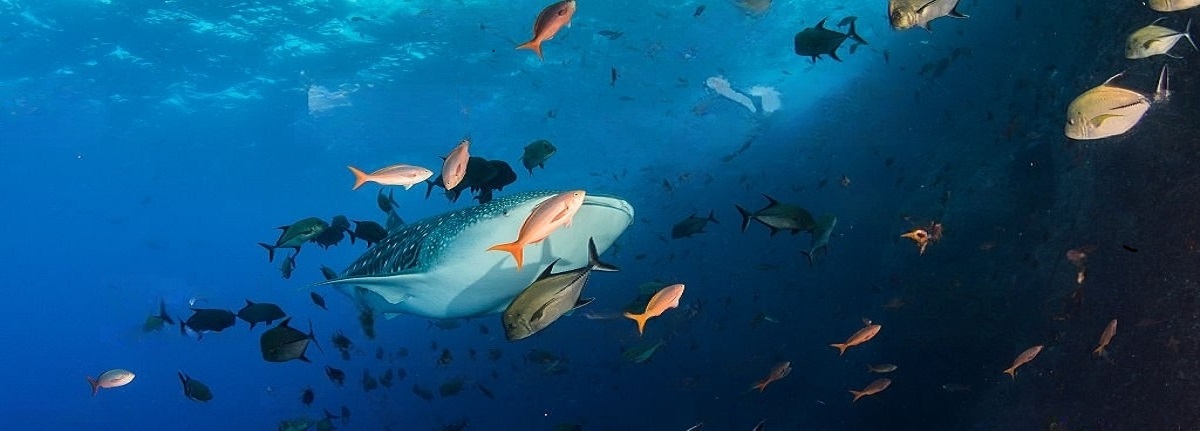
Breeding in the Aquarium – Secrets of Successful Fish Reproduction
Breeding fish is one of the most rewarding experiences a hobbyist can have. Watching a pair you selected mate and produce fertile eggs and fry is something that should be experienced by every aquarium owner.
Breeding isn’t as easy as just sticking a male and female in a tank and waiting for the magic to happen, though. Some fish require very specific environmental conditions to spawn.
Temperature
The water temperature of a breeding tank is important for many reasons. First of all, it must be closely matched to the temperature of the fish’s regular aquarium home in order to stimulate spawning. The same applies to the pH and other chemical parameters of the tank water, which also must be adjusted.
In the wild, most fish species are stimulated to breed in springtime when the water warms and daylight lengthens. It is possible to replicate this natural process in the aquarium by doing frequent water changes, gradually increasing the aquarium heater setting, and leaving the lights on a little longer than usual. It is also necessary to provide the male and female fish with ample food that’s high in protein to condition them to spawn.
It’s also important to make sure that you’re breeding the correct species. Identifying the biological sex of a fish can be difficult and requires careful attention to details like vents, body shape, and coloring. However, with a little research and patience, you can be successful in breeding aquarium fish.
Another factor that is often overlooked is the effect of rapid temperature fluctuations on the immune system of a fish. Stressed fish are more susceptible to diseases and parasites that feed on fins, skin, and gills. Fortunately, most fish that are only briefly exposed to a change in temperature are able to recover their normal immunity level with time.
Food
Many species of fish have very specific environmental and nutritional conditions that must be met for them to spawn. These can be seasonal changes, water temperature, the amount of daylight, and the availability of specific food sources. Some aquarists use specialized spawning tanks to provide these conditions.
All fish have internal sexual organs; females produce eggs and males produce sperm. For most species, fertilization occurs when a female scatters her sticky eggs in the water and a sperm from a nearby male finds an egg and fertilizes it. Some species of fish lay their eggs on objects in the aquarium, including rocks, decorations, and tank glass. Some fish, called depositors or egg-buriers, carry their eggs inside their bodies until they hatch and may guard the eggs or fry from other tank mates.
Some fish require routine fertilization, and fertilizers are available in liquid or tablet form. It is important to follow the instructions on the product and to apply it as recommended. Some fish also require a dietary supplement that increases their fertility, and this supplement is available in liquid or powder form as well. In addition, it is important to provide a good substrate and decor in the breeding tank and feed the breeding pair higher-protein foods more frequently, usually three times per day, than you would normally feed community fish, to ensure that they have enough energy for mating, egg production and feeding their offspring.
Water
There is a lot more to successful aquarium fish breeding than simply sticking two fish of the same species together and hoping for the best. The breeding process involves careful engineering of key tank conditions such as water temperature, pH level, lighting and surrounding flora to create the right “mood” for spawning.
This is why it’s so important to choose a breeding pair that are healthy, compatible, and in peak physical condition for spawning. This also helps ensure that the resulting offspring will be strong enough to survive into adulthood.
Many fish species have specific spawning times that are triggered by changes in the temperature and day length. This is especially true of salmon and some other marine species that breed in the fall or spring. Aquarium hobbyists can take advantage of this natural phenomenon by stocking their breeding tanks at these times.
Other fish breed using a more impersonal strategy called external fertilization. This involves the male and female releasing their eggs and sperm into the water to fuse outside of the female’s body. This is common among live-bearing fish such as guppies and mollies. It is also used by some stingrays and sharks.
Lighting
Many fish species require a different type of environment to breed. Whether they prefer a certain kind of cave or like to lay their eggs on flat rocks, this type of environment is crucial for successful breeding. Research your chosen species to find out what the best breeding environment is.
Breeding aquariums tend to look much different than the aquascaped display tanks many aquarists strive for. For example, a breeder tank may have lots of moss. This provides an excellent hiding place for small fry and baby shrimp. Moss also contains biofilm, which is a great food source for shrimp and fish fry.
Some species of fish, such as tilapia, need to be stressed out in order to spawn. They need to feel that their population is at risk in order to be motivated to procreate. Lakeway Tilapia uses several methods to keep their breeding tilapia thinking about the threat of predators.
Many species of fish need to be triggered into spawning. This is often done by performing a water change. This involves removing some of the water and allowing it to cool down. Then the water is returned to the aquarium, which stimulates the spawning behavior of some species. Other species of fish can be induced into spawning by using hormone treatments. This is why it is so important to know about the breeding habits and triggers of your specific species before you decide to spawn them.
